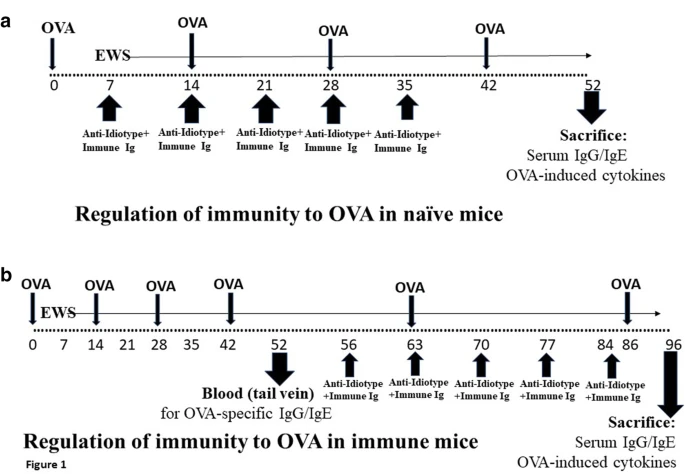- Review
- Open Access
- Multidisciplinary Respiratory Medicine
Abstract
Antihistamines are currently one of the most commonly administered categories of drugs. They are used to treat symptoms that are secondary to histamine release, which is typical of certain allergic conditions, including rhinitis, conjunctivitis, asthma, urticaria, and anaphylaxis. Cetirizine belongs to the second-generation family, so, it is very selective for peripheral H1 receptors, is potent and quickly relieves symptoms, exerts additional anti-allergic/anti-inflammatory effects, and is usually well-tolerated. It has been marketed 30 years ago. In these years, a remarkable body of evidence has been built. The current review provides a practical update on the use of cetirizine in clinical practice.


 Enquiring About Tolerance (EAT) study team
Enquiring About Tolerance (EAT) study team





 Article Info
Article Info
